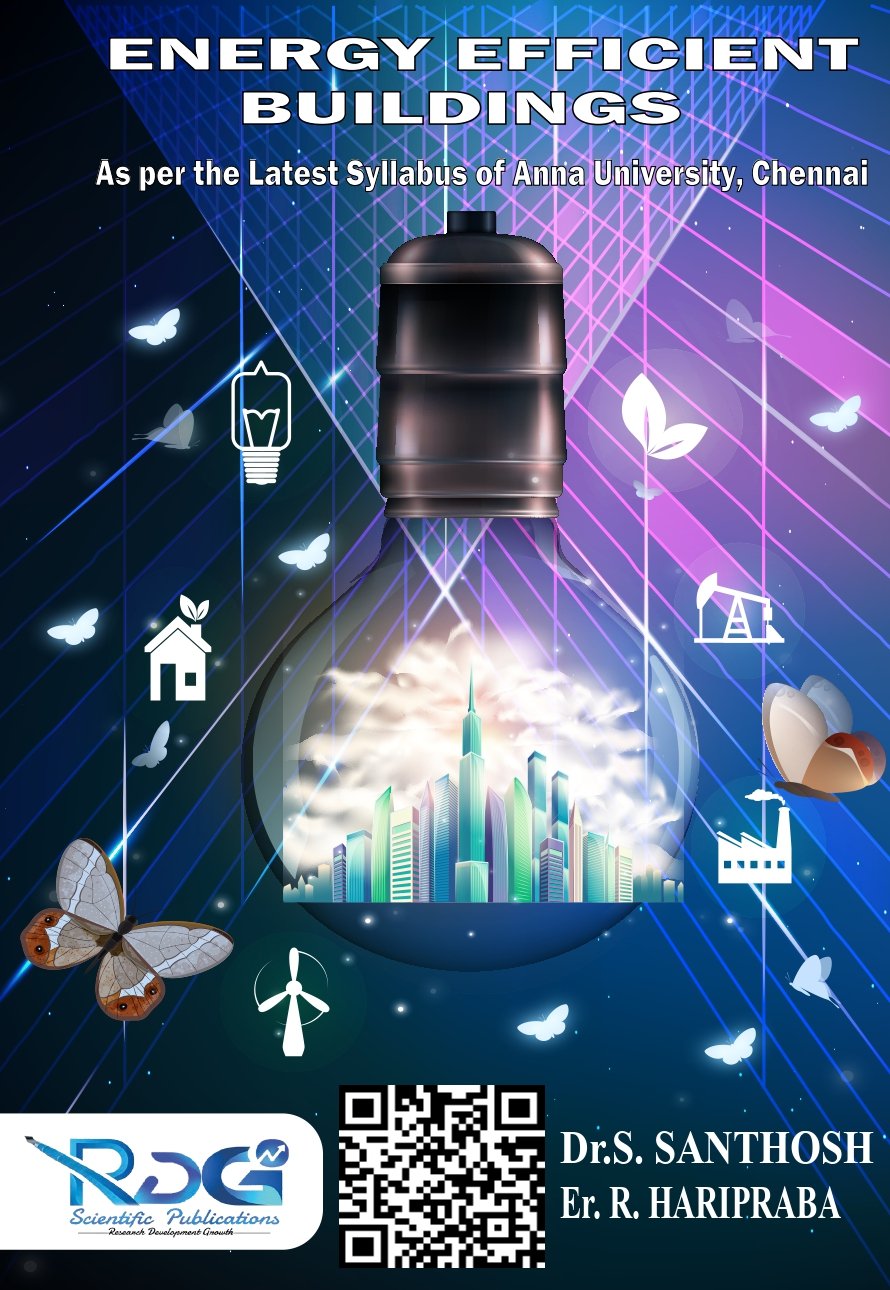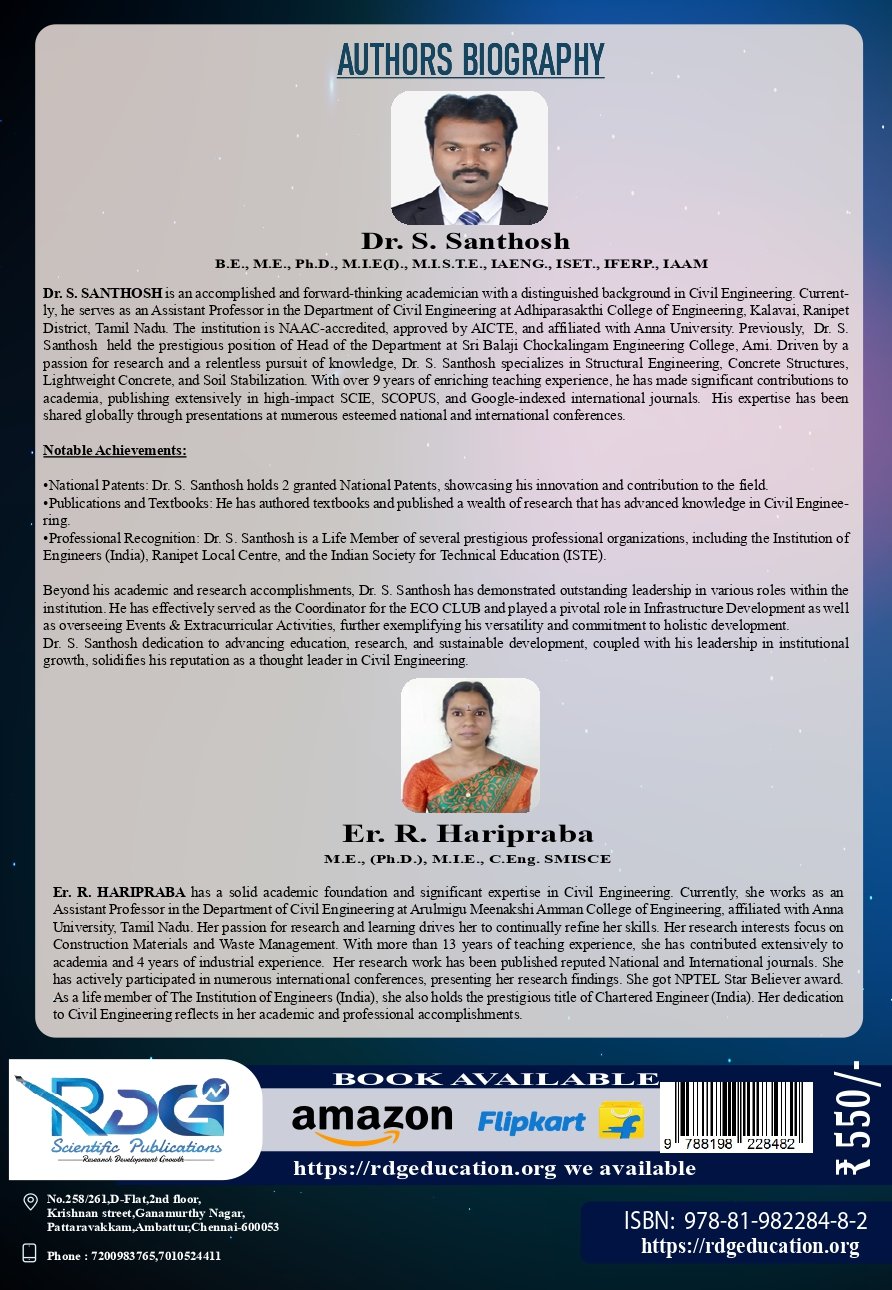The need for energy-efficient buildings has never been more pressing
than it is today, given the challenges posed by climate change, rapid
urbanization, and the growing demand for sustainable living. As the world seeks
solutions to reduce its carbon footprint and mitigate the effects of global
warming, architects, engineers, and designers are increasingly focused on
creating buildings that are not only functional and aesthetically pleasing but
also environmentally responsible and energy-efficient.
This book, Energy Efficient Buildings, offers an in-depth exploration of
the principles, practices, and technologies that contribute to energy-efficient
architectural design. It is structured to provide readers with a comprehensive
understanding of how buildings can be designed and constructed to minimize
energy consumption while maximizing comfort and performance.
The content of the book is divided into several key sections, each
addressing essential aspects of energy-efficient building design. The opening
chapters introduce the foundations of energy efficiency, covering the basic
principles of heat, thermal dynamics, and climate-architecture interactions.
Subsequent chapters explore various sustainable design strategies, such as
passive solar heating and cooling, the use of renewable energy systems, and
advancements in insulation and materials. These chapters offer a holistic view
of how energy-efficient design principles can be implemented in buildings,
taking into account various climate zones and regional considerations.
In-depth case studies throughout the book provide real-world examples
of successful energy-efficient projects from around the globe. These case
studies highlight the practical application of the theories discussed and
demonstrate the tangible benefits of energy-efficient design, from reduced
energy costs to enhanced comfort and environmental impact.
The book also delves into the latest innovations in energy-efficient
technologies, such as smart building systems, photovoltaic systems, and
advances in building insulation materials. Furthermore, it addresses the
challenges and obstacles faced by architects and builders in achieving true
energy efficiency, offering solutions and strategies to overcome these barriers.
Whether you are an architect, engineer, student, or sustainability
enthusiast, Energy Efficient Buildings serves as both a technical guide and a
source of inspiration. It aims to empower professionals and individuals to take
meaningful steps toward creating buildings that contribute to a more sustainable
and energy-conscious world.
As we look to the future of building design, it is clear that energy
efficiency will remain at the heart of the architectural discipline. By
incorporating the strategies and principles outlined in this book, we can build a
future that is not only more energy-efficient but also more harmonious with the
environment and more resilient to the challenges ahead.
This book is dedicated to all those who are committed to shaping a more
sustainable built environment—one that prioritizes energy efficiency,
environmental stewardship, and the well-being of all.
























Reviews
There are no reviews yet.